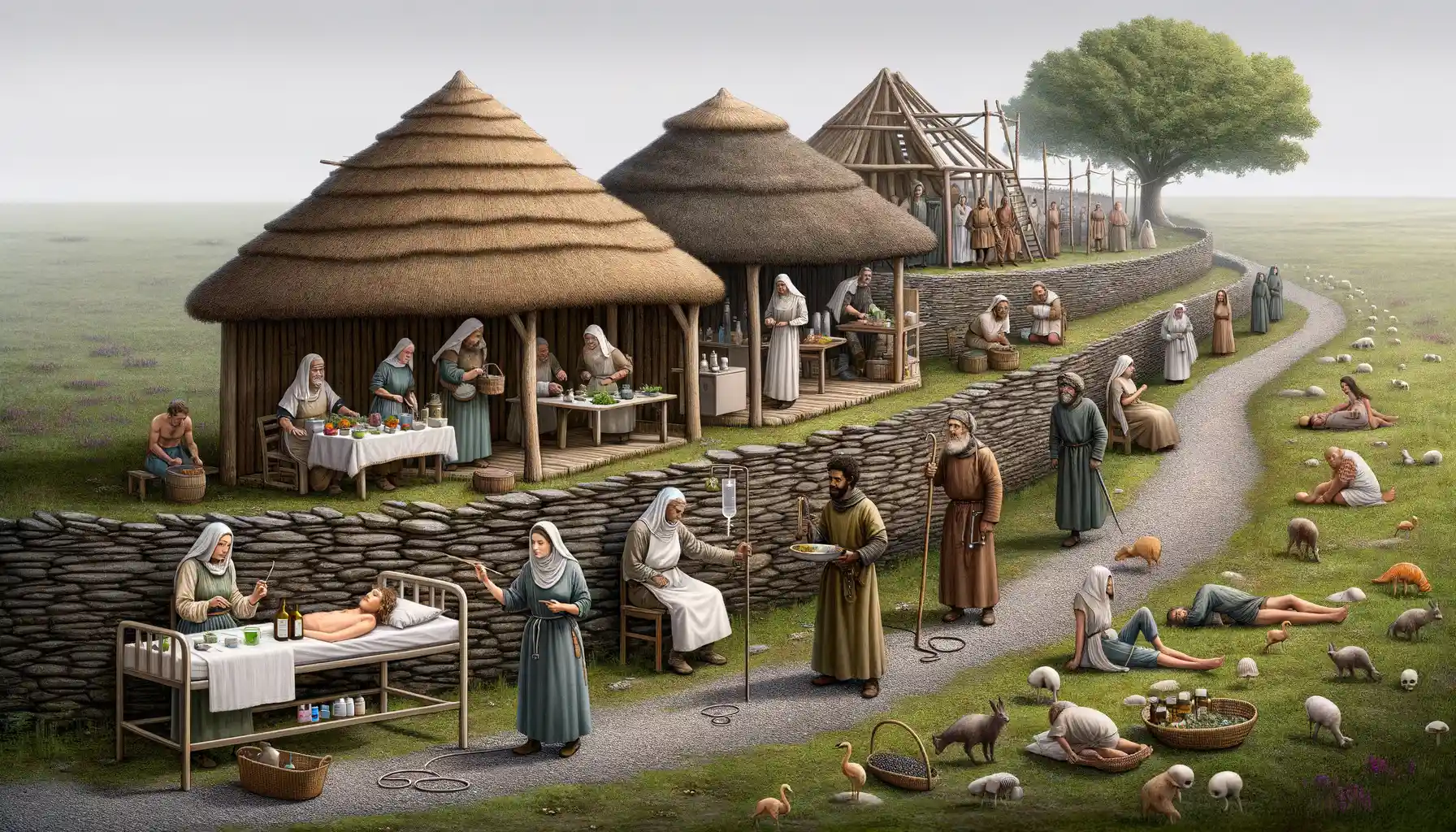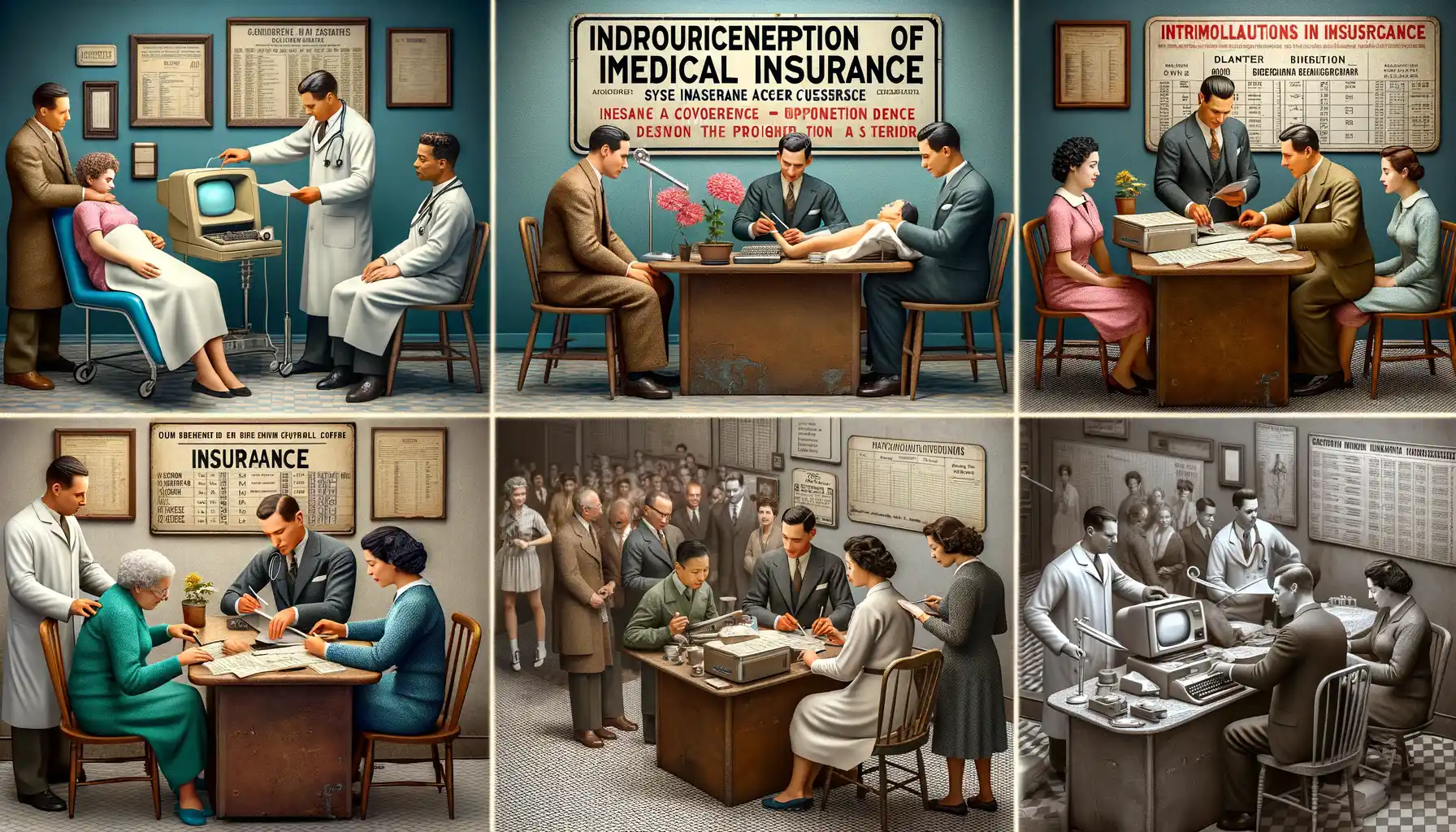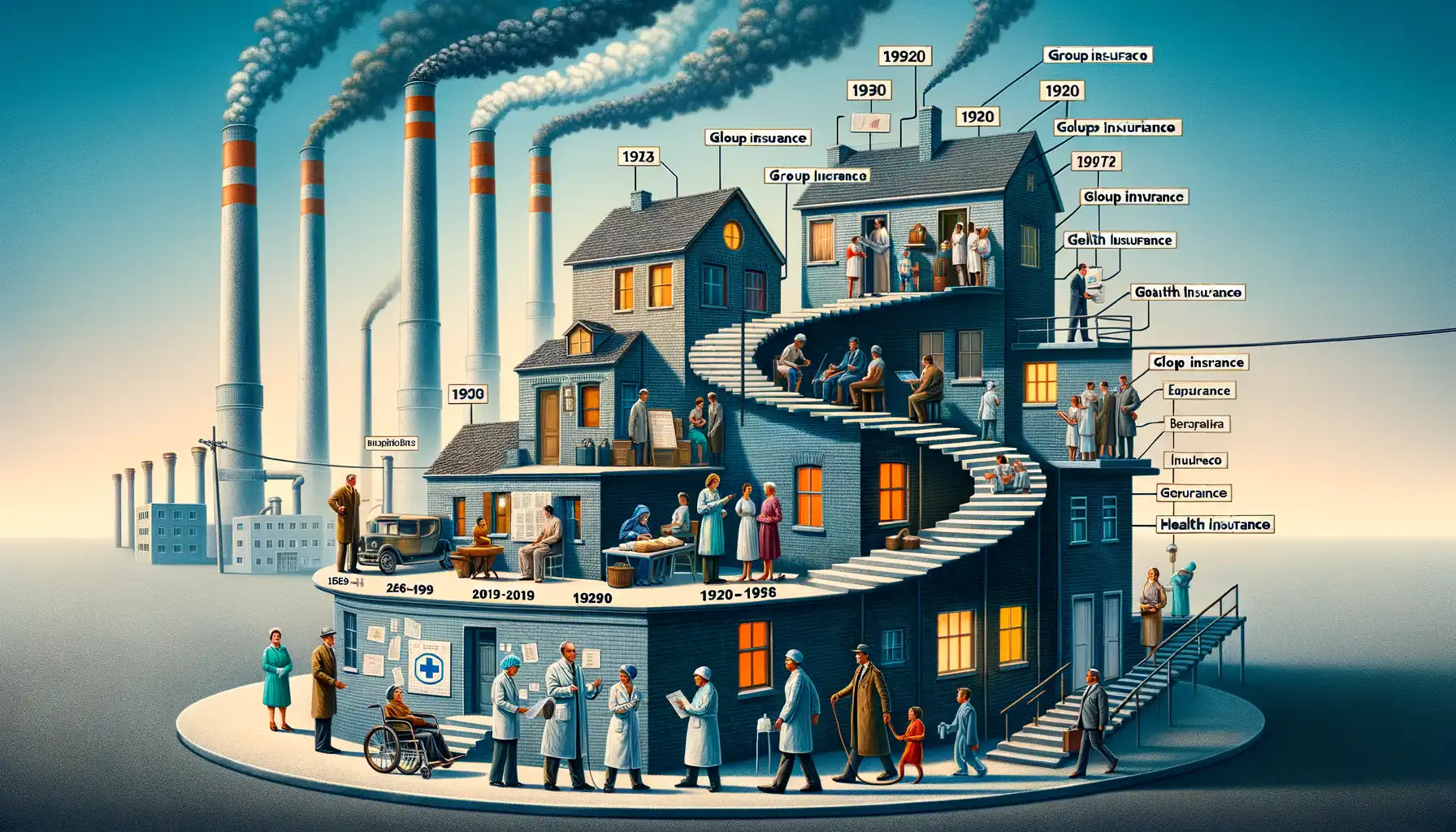The Origins of Medical Insurance in Ancient Civilizations
A Glimpse Into Ancient Health Practices
Imagine living in ancient Mesopotamia or Egypt, and suddenly falling ill. What would you do? Forget hospitals or insurance cards—instead, your health depended on your family, community, or even the gods themselves. Yet, remarkably, these early civilizations planted the first seeds of what we might dare call “medical insurance.”
In Babylon, the famous Code of Hammurabi set fees for doctors’ services—an early attempt to control healthcare costs. But it didn’t stop there. Communities rallied around shared responsibility: if a farmer got injured, neighbors would step in, covering his work or ensuring his family didn’t starve. It was a kind of informal “insurance”—built on loyalty, not premiums.
Health Through Ritual and Reciprocity
The ancient Egyptians believed that healing was both science and magic. Physicians were revered, but treatments often came with hefty costs. How did people afford it? Enter their version of a safety net:
- Families pooled resources to pay healers.
- Temples collected donations, offering care to the less fortunate.
- Trade guilds sometimes aided members hurt on the job.
These small systems of care remind us how people, no matter the era, value health—and how they’ve always found ways to protect one another in times of need.
The Evolution of Health Coverage During the Middle Ages

A Patchwork of Care Centers
During the Middle Ages, health coverage wasn’t a neat, coordinated system—it was more like a patchwork quilt with uneven stitching. If you fell ill, your care largely depended on *where* you lived, *who* you knew, and sometimes, pure luck. There weren’t insurance policies in the modern sense, but a rich tapestry of institutions stepped in to fill the gaps.
Take monastic orders, for instance. These were the true lifelines of the time. Monasteries operated as early hospitals, offering care not just to the devout but often to anyone in need. They stitched together compassion and medical knowledge, though treatments were as much about prayer as they were about herbal remedies.
Meanwhile, guilds—the medieval answer to trade unions—often looked after their members. Joining a guild might mean access to benefits like emergency funds or support for a widow if her spouse passed away. It was rudimentary, yes, but undeniably human.
By no means flawless, this informal system marked the beginnings of shared responsibility in healthcare.
The Birth of Modern Medical Insurance Systems

A Turning Point: Foundations of Modern Health Coverage
Picture this: the year is 1883, and an ambitious idea is about to change the way humans face illness. In Germany, under the leadership of Chancellor Otto von Bismarck, the first real groundwork for modern medical insurance is laid. The groundbreaking **Health Insurance Act**, a bold stroke of genius, mandated that workers receive financial protection against sickness. It wasn’t just policy—it was a lifeline for millions.
This historic leap wasn’t born in isolation. No, it was a product of its time: industrialization. As factories roared and cities swelled with laborers, one truth became undeniable—getting sick wasn’t just a personal burden; it was a societal crisis. Businesses needed healthy workers; governments needed stability. And thus, health coverage was no longer optional.
- Employers and employees pooled contributions, creating a safety net.
- Medical care and sick pay suddenly became rights—not privileges.
It wasn’t perfect, of course. This system primarily catered to industrial workers, leaving farmers and the self-employed in the lurch. But make no mistake: Bismarck’s model was a game changer, inspiring nations across the globe to rethink healthcare.
The Expansion of Health Insurance in the 20th Century

A Turning Point: Health Insurance for the Masses
The 20th century wasn’t just a rollercoaster of world wars and technological breakthroughs—it was also a game-changer for how societies cared for their people. Imagine this: before this era, medical care often felt like a privilege, a distant dream for many. But as industrialization roared and urban centers swelled, the cracks in health access became impossible to ignore.
Enter the bold visionaries of the early 1900s. Countries like Germany took the lead, with Otto von Bismarck’s earlier model inspiring action. Soon, other nations followed suit, each plotting its own course toward more inclusive coverage. By mid-century, programs like the UK’s National Health Service (NHS) and the US’s Medicare were born, sparking revolutionary change.
- Increased government involvement meant health insurance wasn’t just a workplace perk—it became a societal safety net.
- The rise of employer-sponsored plans in the U.S. changed the way families budgeted for care, offering new stability.
It wasn’t perfect, sure. Hurdles like unequal access and high costs still loomed large, particularly for marginalized communities. Yet, this era proved one thing: health insurance was no longer an afterthought. It was a necessity—and there was no turning back.
The Current Landscape and Future of Medical Insurance

Breaking Down Today’s Healthcare Maze
Navigating the world of medical insurance today can feel like wandering through a sprawling, ever-shifting maze. One moment you’re marveling at advanced technologies like telemedicine or AI-assisted diagnostics, and the next, you’re caught deciphering terms like “copays,” “deductibles,” or the infamous “out-of-network” clause. Sound familiar? You’re not alone.
The system is evolving at lightning speed to keep up with modern needs—and that’s a double-edged sword. On one hand, we have innovations like personalized health plans and wearable tech syncing directly with insurance providers. On the other, rising premiums and stark inequalities in global healthcare access remind us there’s still much work to do.
- Telehealth services: Remote doctor visits are now commonplace, reducing barriers for rural and underserved populations.
- Digital insurance platforms: Apps allow users to file claims or check coverage instantly—no fax machines required!
A Glimpse Into the Future of Health Insurance
Now, imagine this: a world where your medical insurance knows you as well as your favorite music app. Predictive analytics could alert you to potential health risks months in advance, while blockchain technology might eliminate the nightmare of lost claims or identity fraud.
But it’s not all science fiction. Countries experimenting with universal coverage systems are influencing how we think about healthcare equity. Will the future bring more affordable care for everyone? Or will rising costs squeeze out even middle-class families? The answer lies in today’s bold experiments—some promising, others fraught with uncertainty. Whatever happens, one thing’s clear: the future of medical insurance will intertwine deeply with *us*, shaping how we live, thrive, and heal.
